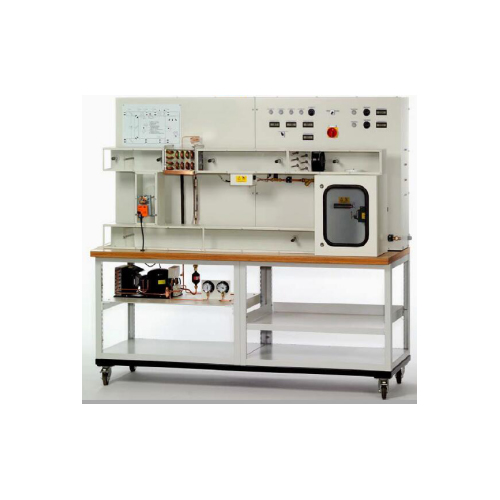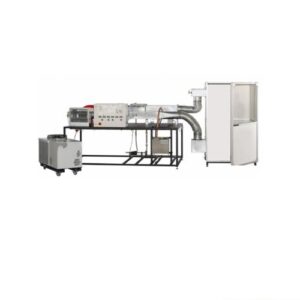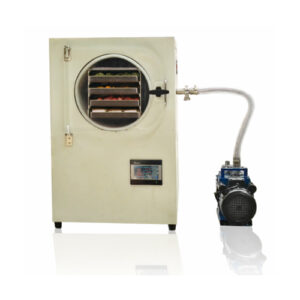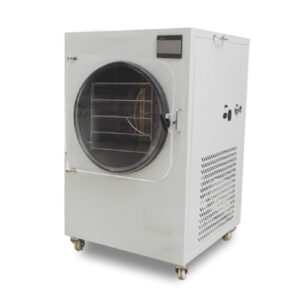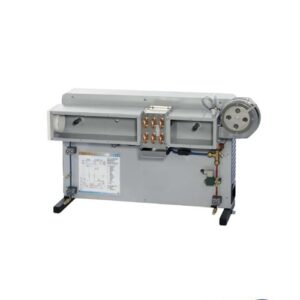ASR2046 Air Conditioning System Model Teaching Equipment Refrigeration Training Equipment
Learning Objectives / Experiments
– air conditioning system and its components
– conditioning room air
– mixing different air flows
– representation in the h-x diagram for humid air
* humidification and dehumidification
* heating and cooling
– representation of the circuit in the log p-h diagram
– effect of a cooling load (dry and wet)
– recirculating and outer air operation
In conjunction with optional accessories
– automation in an air conditioning system
Specification
[1] model of an air conditioning system with outer air and recirculating operation
[2] air duct with transparent front
[3] air duct with fan, air cooler, humidifier, flaps, air heater and sensors
[4] chamber with wet (latent) and dry (sensitive) heat source as cooling load
[5] motorised flaps for recirculating and outer air operation
[6] process schematic with signal lamps
[7] air conditioning system ready for different automation solutions: 4 data cable connections to integrate the accessories
[8] refrigerant AR134a, CFC-free
Technical Data
Air-cooled condensing unit
– power consumption: 140W at -10°C
– refrigeration capacity: 320W at +5/40°C
Humidifier
– heating power: 400W
Air heater
– heating power: 360W
2 heaters in the chamber as cooling load
– power output: 0…250W each, freely adjustable
Flow cross-section of the air duct
– WxH: 155x155mm
Measuring ranges
– temperature: 0…50°C
– humidity: 10…90% r.h.
– power: 0…600W (power consumption of the
compressor in the condensing unit); 2x 0…300W
(cooling loads)
– pressure (refrigerant): -1…9bar / -1…24bar
– flow rate (refrigerant): 1,5…23,5L/h
– air velocity: 0…2,5m/s
Dimensions and Weight
LxWxH: 2.010x760x1.910mm
Weight: approx. 309kg
Required for Operation
230V, 50/60Hz, 1 phase or 230V, 60Hz, 3 phases
Water connection

